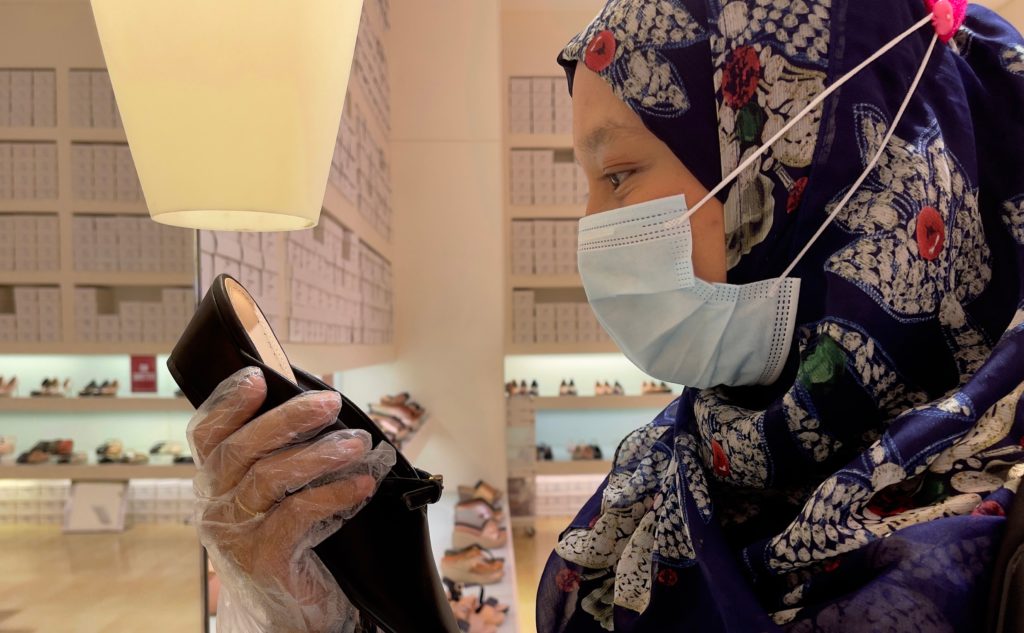São Paulo – Brazilian footwear exporters chose target markets to promote their products over the next biennium and included two Arab countries among them. The United Arab Emirates is one of the priority markets, while Saudi Arabia is among the secondary ones. Markets are chosen every time the agreement between the Brazilian Footwear Industries Association (Abicalçados) and the Brazilian Trade and Investment Promotion Agency (ApexBrasil) renew their agreement to develop internationalization program Brazilian Footwear.
Priority countries chosen for the 2024-2025 biennium were the United States, Colombia, Chile, the UAE, Germany and Angola. Secondary target markets, which will be developed to figure out and prospect future actions for the following two years, are Saudi Arabia and Australia.
Deemed strategic for being a reexporter for other Arab countries, the UAE has great market potential for Brazil, which now accounts for only 0.3% of the footwear imports of the Arab country. The high average price of the footwear consumed there (USD 66.30) is another appeal for exports. In 2022, 1 million pairs of Brazilian footwear were exported to the UAE for USD 9 million, up 4.6% in volume and 34.5% in income from 20221.
The US was chosen for being an established market, as it has historically been the leading international destination of Brazilian footwear. Colombia fell three spots in the ranking of international destinations of Brazilian footwear, from 5th to 8th, and is considered a relevant market for Brazilian footwear, particularly for companies that are less advanced in the export process. Chile is the fourth largest destination of footwear from Brazil, and its selection aims to further open this strategic market that has potential to buy even more.
Germany is Europe’s leading buyer of footwear from Brazil, and the second worldwide, but Brazil accounts for only 0.1% of its overall imports in the sector, so there is a huge room to grow. Angola is the leading African market for Brazilian footwear and besides being strategic for further expanding in the continent, 32% of its imports in the sector come from Brazil, which is only behind China. This is expected to grow by 2% a year by 2024.
The chosen target markets will be impacted by trade and image promotion actions of the export program over the next biennium. The project, which funds physical and digital internationalization activities, include in its scope international trade shows, trade missions, online platforms to connect with foreign buyers, export-oriented training, image promotion initiatives with influencers, the Sustainable Origin program, and other initiatives.
Brazilian Footwear features some 300 member companies that account for almost 80% of the total grossed by Brazilian footwear exports. “They are in various stages of internationalization, and the market choice took into consideration different strategies to open, maintain and increase shipments in different countries,” Abicalçados Project manager Letícia Masselli was quoted as saying in a press release.
Translated by Guilherme Miranda




